Media | Articles
7 cars with recycled names
Cars should have names. They deserve them. Sure, 911, 308, and 507 are numbers that conjure up exciting cars—a Porsche, a Ferrari, and a BMW—but a name evokes the character of the car and inspires an emblem worthy of its sheetmetal. You might think of the snake’s heads used on the Mustang Cobra and Dodge Viper, or of the Lamborghini Espada’s name in script, which incorporates a sword. Like the names, these emblems aren’t strictly necessary, but they are one more way for a designer to add a flourish.
It’s not always easy to name a vehicle. Once you think you have something perfect, you’ve got to make sure that a car isn’t already using that name. Or maybe you don’t check.
We’ve found plenty of names that have been dropped by one automaker and picked up by another. Here are seven of them. If we forgot your favorite, let us know.
Chevrolet Suburban and Plymouth Suburban
Chevrolet and Plymouth have each put the Suburban nameplate on a station wagon. Plymouth used it on car-based long-roofs starting in 1949 and, after a hiatus, on Fury wagons from 1968 to ’78. The truck-based Chevrolet Suburban has been in production since 1935, making it the oldest automotive model still in production.
Marketplace
Buy and sell classics with confidence
The name was also applied to GMC’s version of the Chevrolet Cameo pickup.
Studebaker Commander and Jeep Commander
Jeep’s Grand Cherokee–based three-row off-roader used the same name as Studebaker’s long-running model line. (For even more SUV name-sharing, a submodel of the Studebaker Commander was called Land Cruiser.)
Jeep’s Commander had all of the Grand Cherokee’s proven four-wheel-drive hardware, but its proportions were a bit ungainly and its third row was cramped. It only lasted for five years, when its role was filled by the Dodge Durango.
Studebaker Daytona and Dodge Daytona
Even when Studebaker was gone, its model names lived on. Lots of them, it seems.
The Daytona, which was born as a sporty, bucket-seat option for the compact Lark, shares its name with Dodge’s one-year-only winged car that took on NASCAR superspeedways in 1969 with its wind tunnel-tuned long nose and tall wing.
In 1964, Studebaker’s entry-level Larks were dubbed Challenger. Studebaker ended production in 1966, just four years before Dodge introduced its E-body model under the same name.
In 1984, Dodge revisited the Daytona name for its FWD sports coupe.
Dodge Lancer and Mitsubishi Lancer
Dodge used the Lancer name on some of its late-’50s Coronets that employed two-tone paint options, tasteful chrome, eccentric fins, and bold taillights. They are fun and flashy, everything that people love about ’50s American cars.
Then there’s the 1961–2 Lancer, which has all the curves and fins of a full-size car crammed onto a compact wheelbase. These Mitsubishis are gaudy, yet strangely appealing.
The latter, dubbed the Colt and sold as a captive import* by Dodge, was the basis for the brand’s most beloved rally homologation model, the Evolution. Lancer production ended in 2016, foreshadowing the discontinuation of many sedans across the industry, and leaving Mitsubishi with a crossover-heavy lineup in the U.S.
*When a parent company imports an existing vehicle and sells it under the guise of a different brand. Think”rebadged.”
Muntz Jet and Hudson Jet
Unlike most of the cars on this list, these two models were built concurrently. Each Jet began production within years of the other, with Muntz using the moniker for its sleek, hand-built fiberglass convertibles beginning in 1951. Hudson used the name in 1953 and ’54.
You wouldn’t confuse the two cars, as the Hudson is a dowdy sedan that doesn’t seem worthy of such a cool name. Come to think of it, the Muntz doesn’t seem very jet-like, either.
Renault Encore and Buick Encore
If we told you the designer of the AMC Javelin collaborated with the man who penned the Citroën SM and Alpine A310, you might expect something memorable. Instead, we got the Renault Encore, a totally ordinary three-box car that was sort of cool in GTA trim yet otherwise unremarkable.
It sold well for AMC and Renault, but didn’t get an encore of its own, as Chrysler’s purchase of AMC meant the Dodge Shadow already occupied that place in the market.
Like the Renault, Buick’s Encore is powered by a variety of four-cylinder engines and isn’t terribly remarkable, either. Once the brand’s best-selling model in North America, it was discontinued for 2022.
Oldsmobile Fiesta and Ford Fiesta
Oldsmobile applied the Fiesta badge to a number of wagons over the years, and some of the hardtop varieties were striking. Any vehicle, if it has room for plenty of passengers and also happens to have a tailgate, provides the right conditions for a fiesta, but what about Ford’s subcompact hatch? There wasn’t anything to celebrate until the performance-oriented ST model debuted, and then Ford pulled the plug. Party pooper.
***
Check out the Hagerty Media homepage so you don’t miss a single story, or better yet, bookmark it. To get our best stories delivered right to your inbox, subscribe to our newsletters.
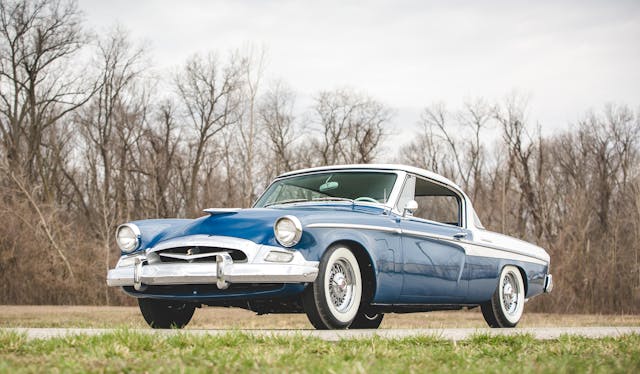

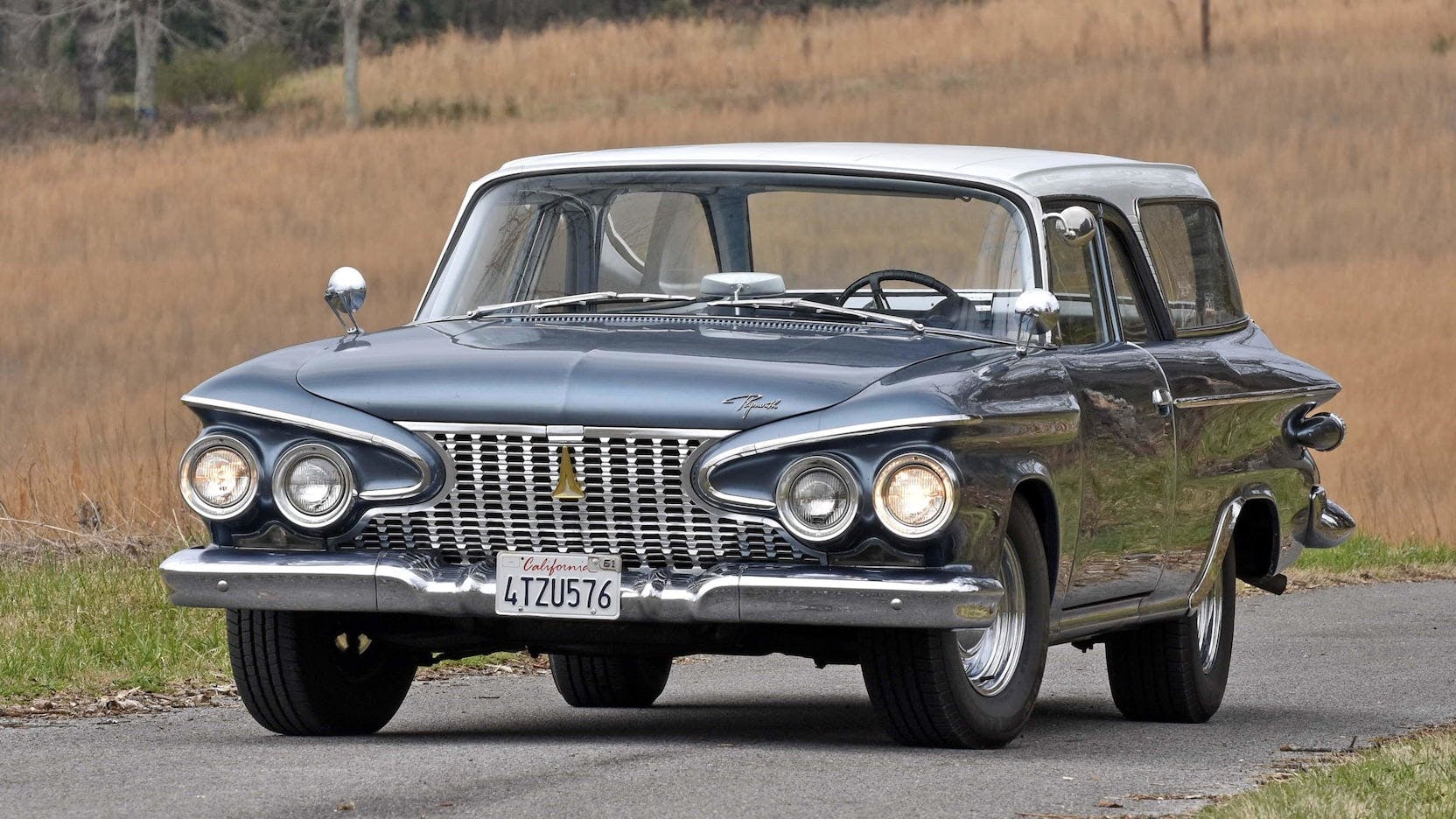








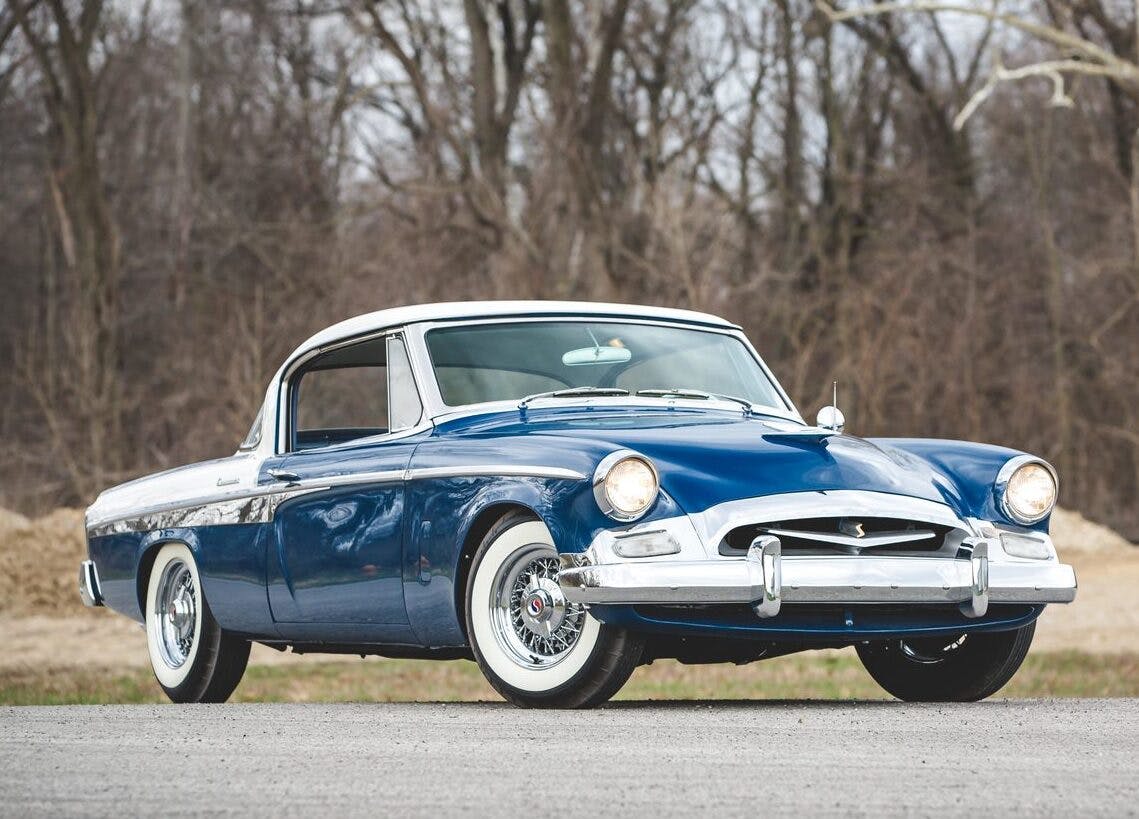
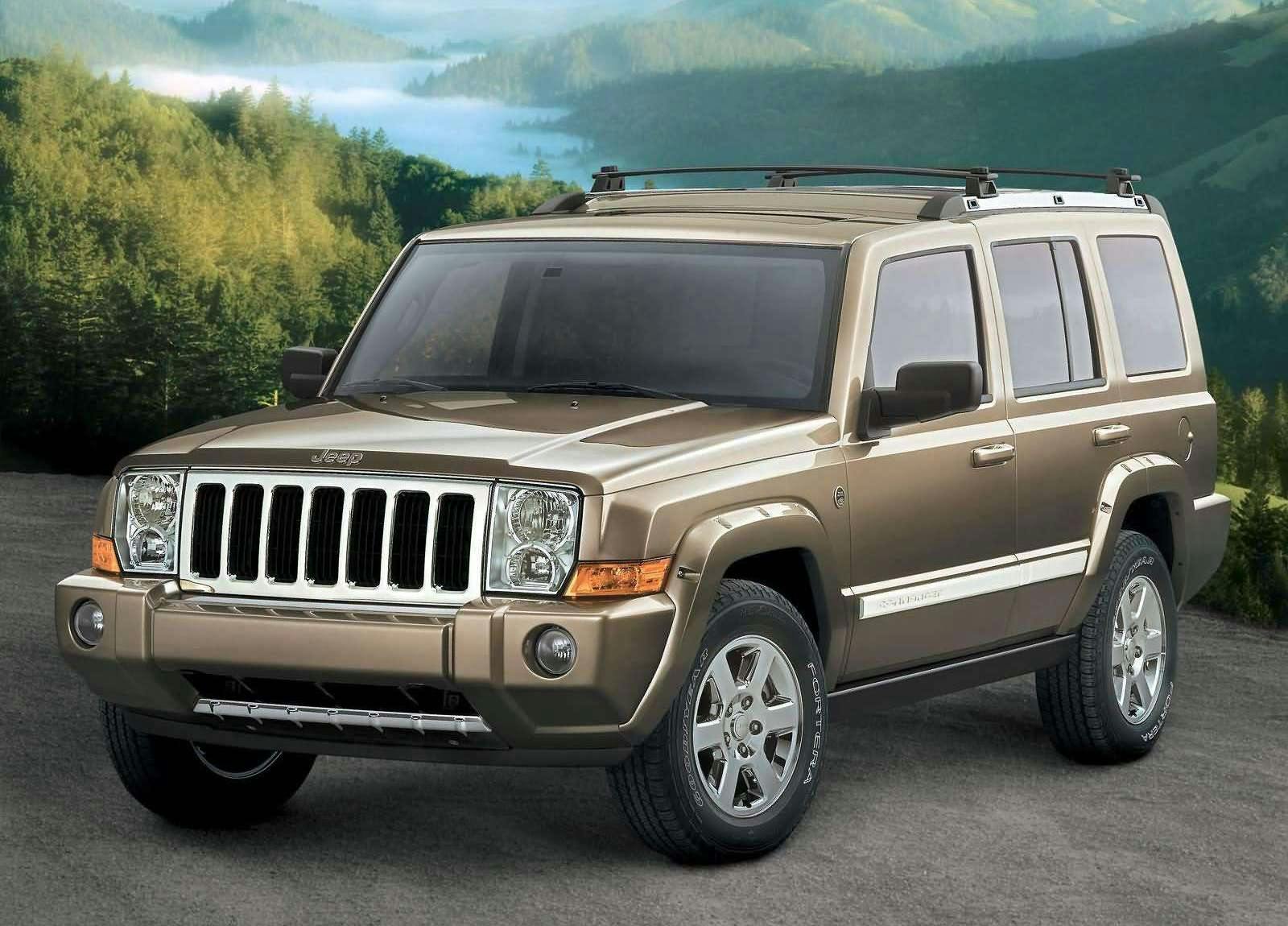
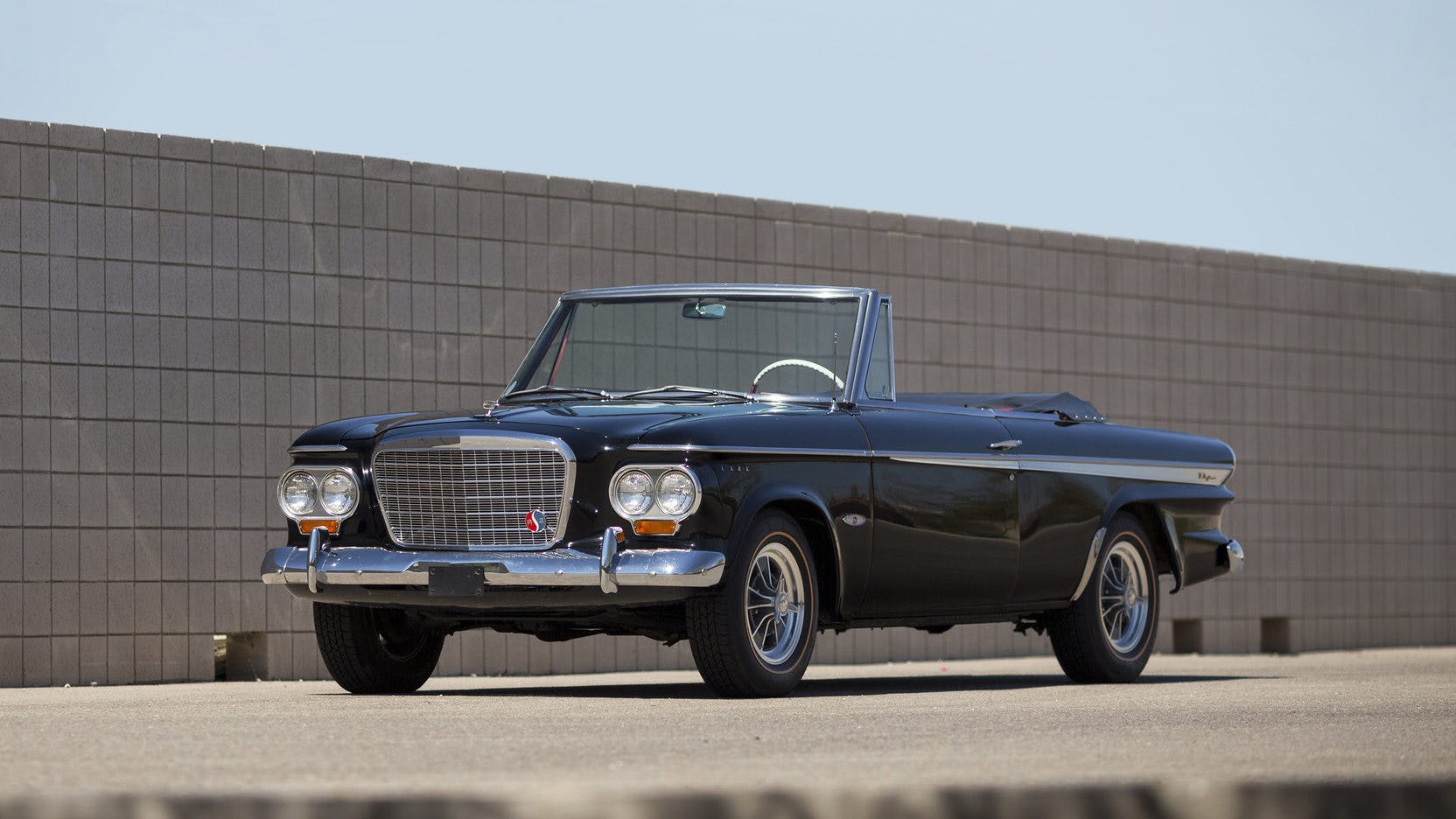
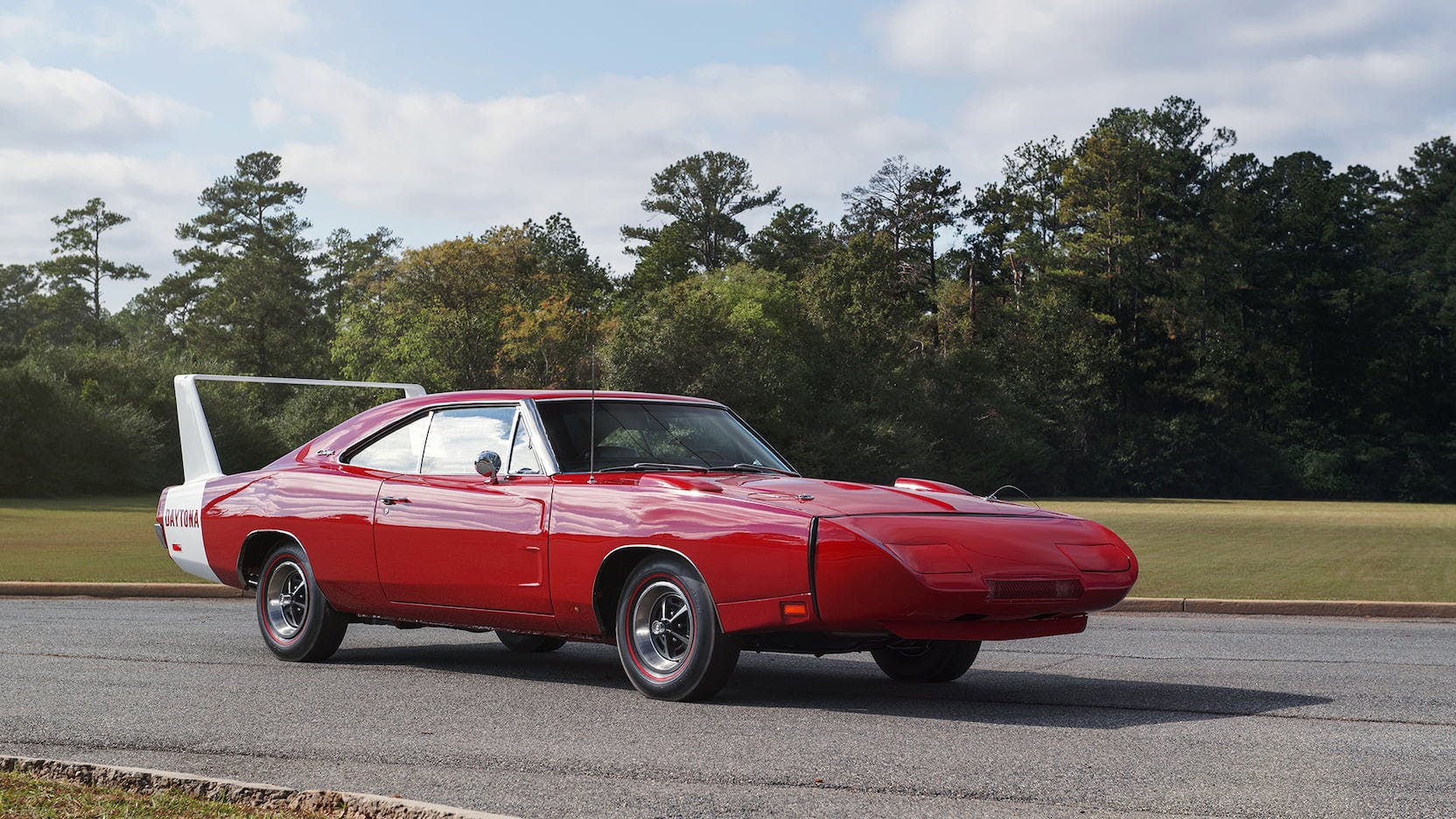
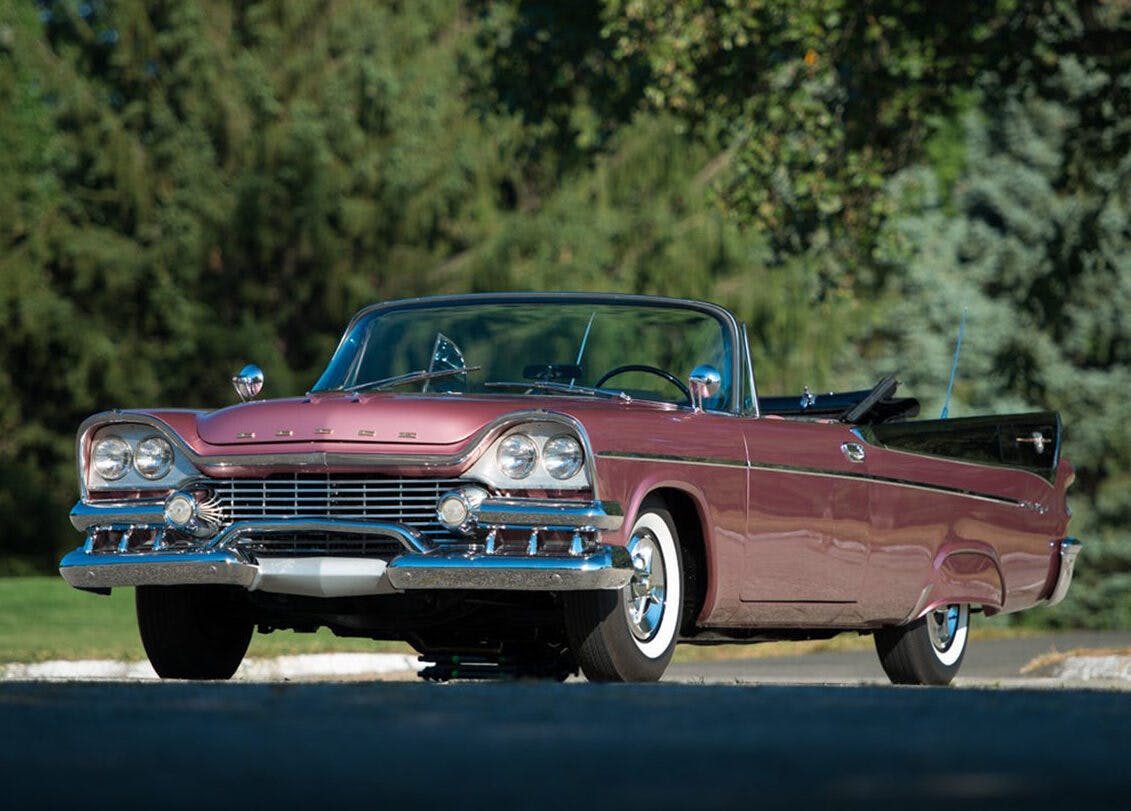
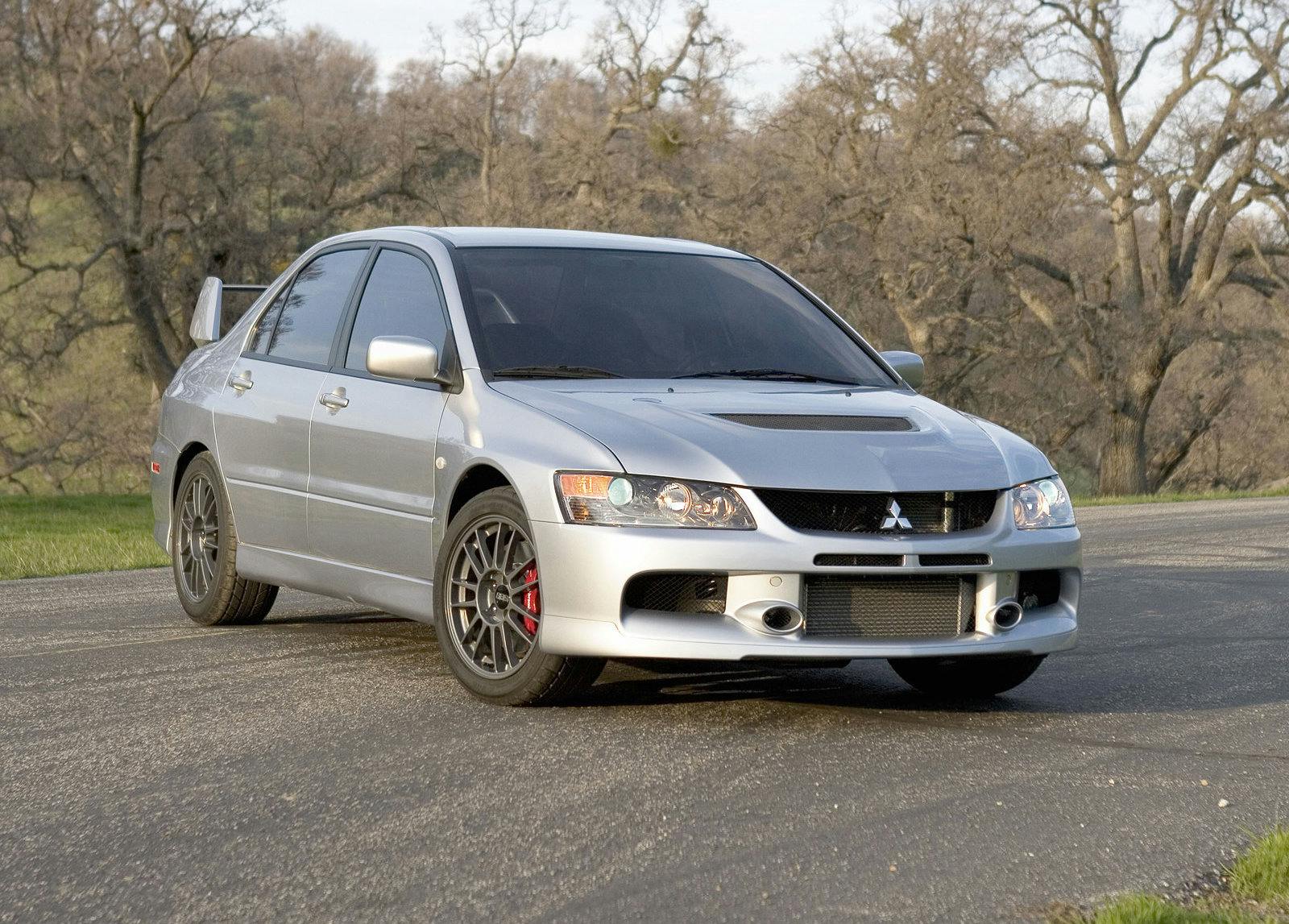
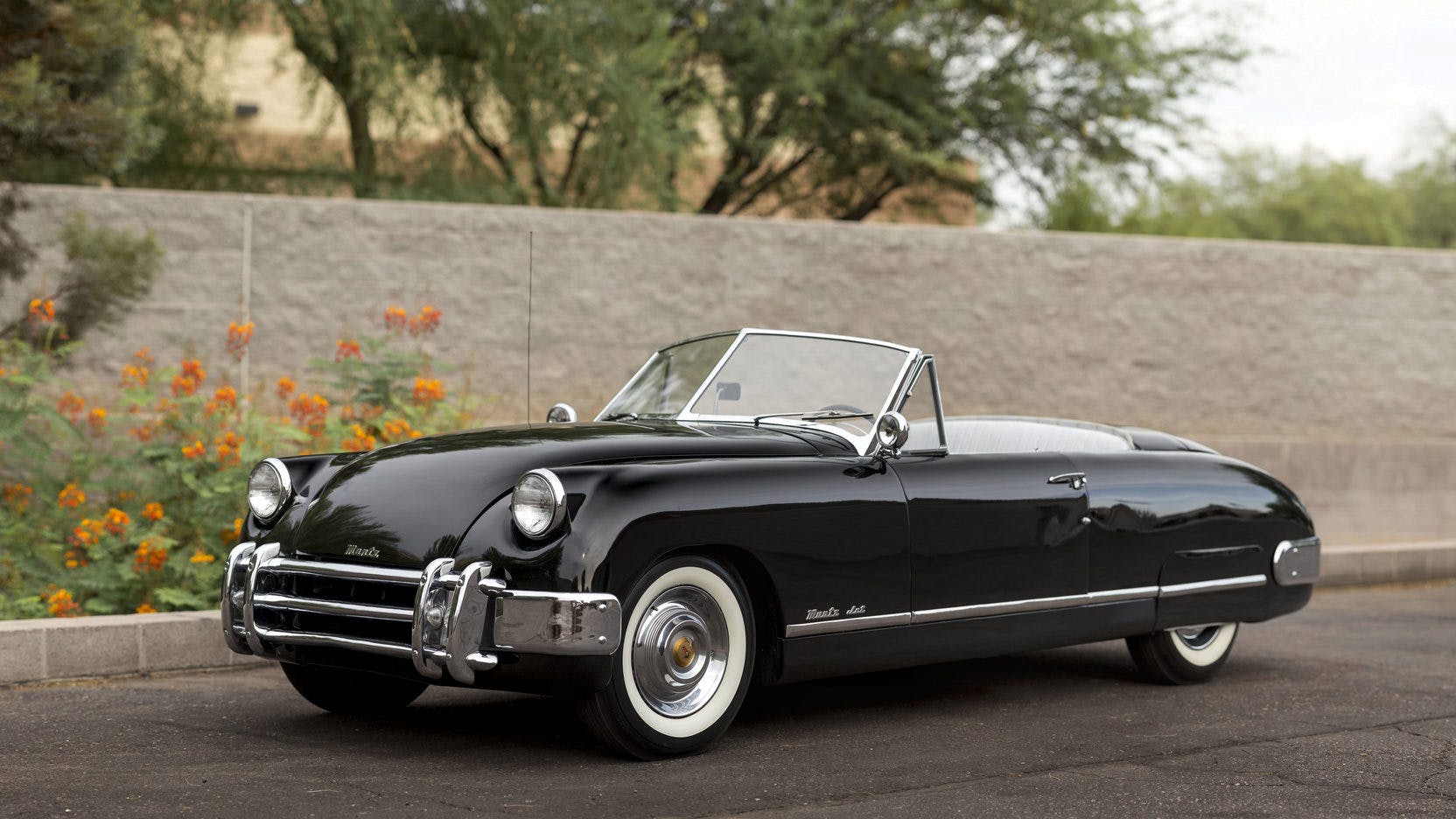
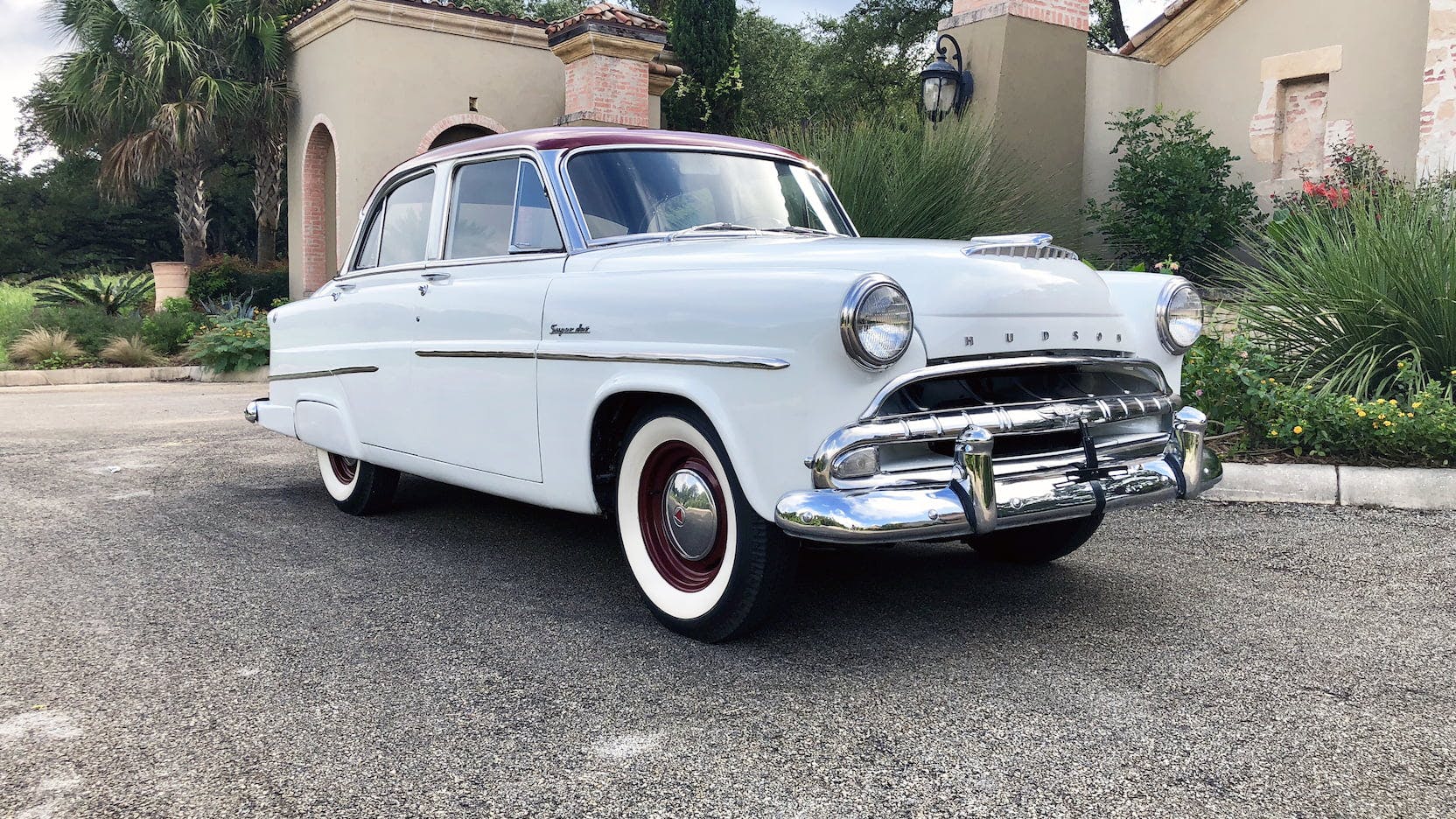
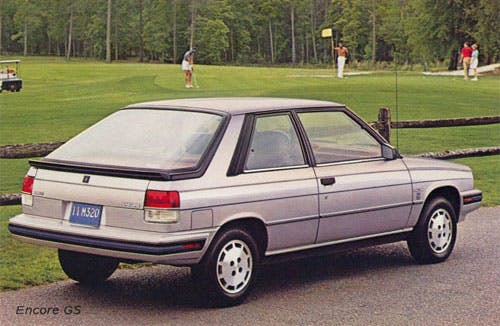
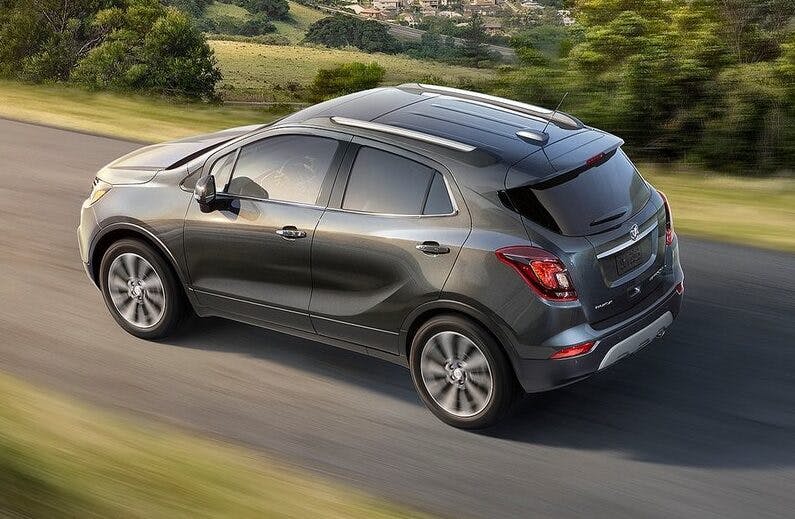
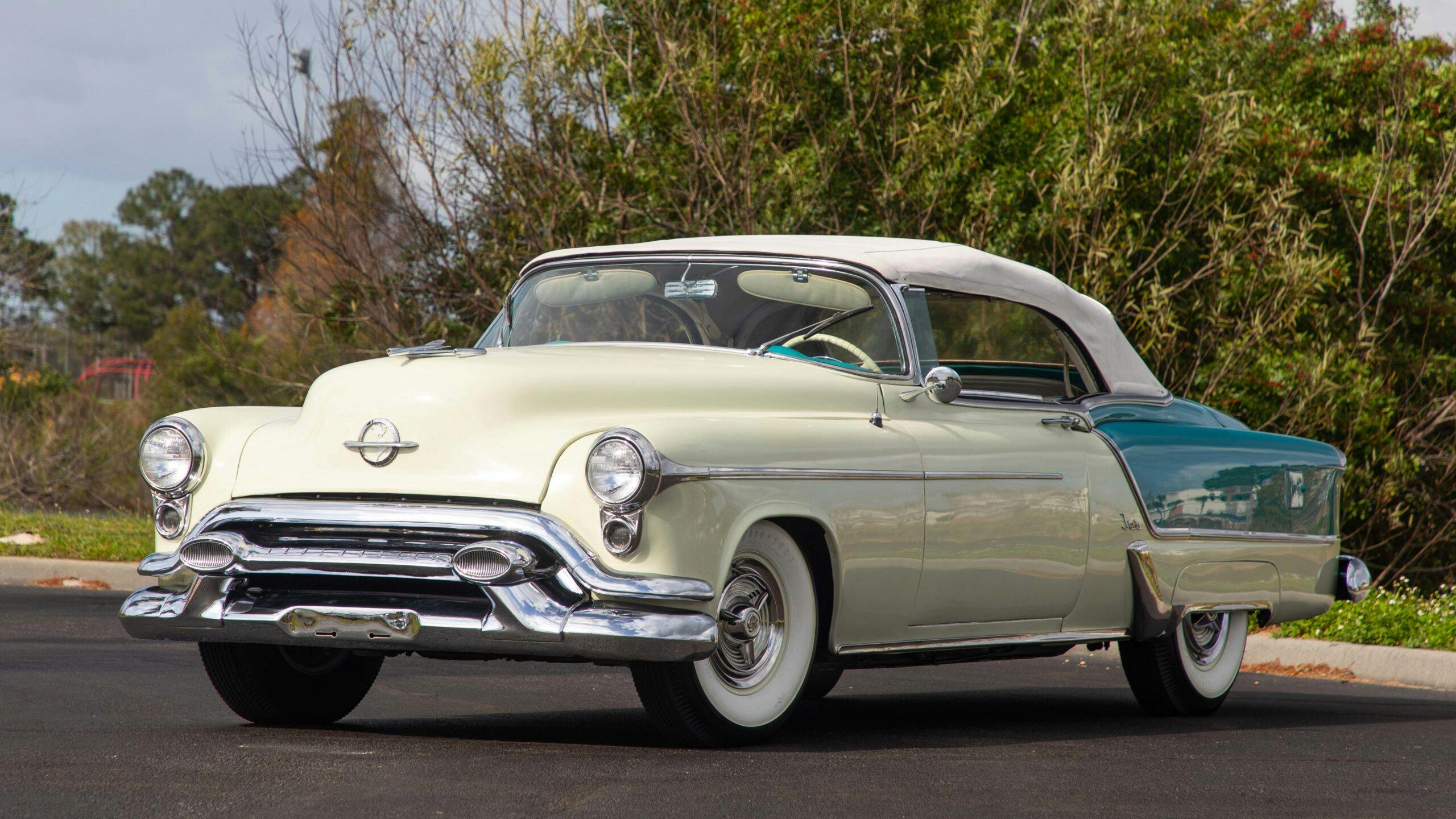
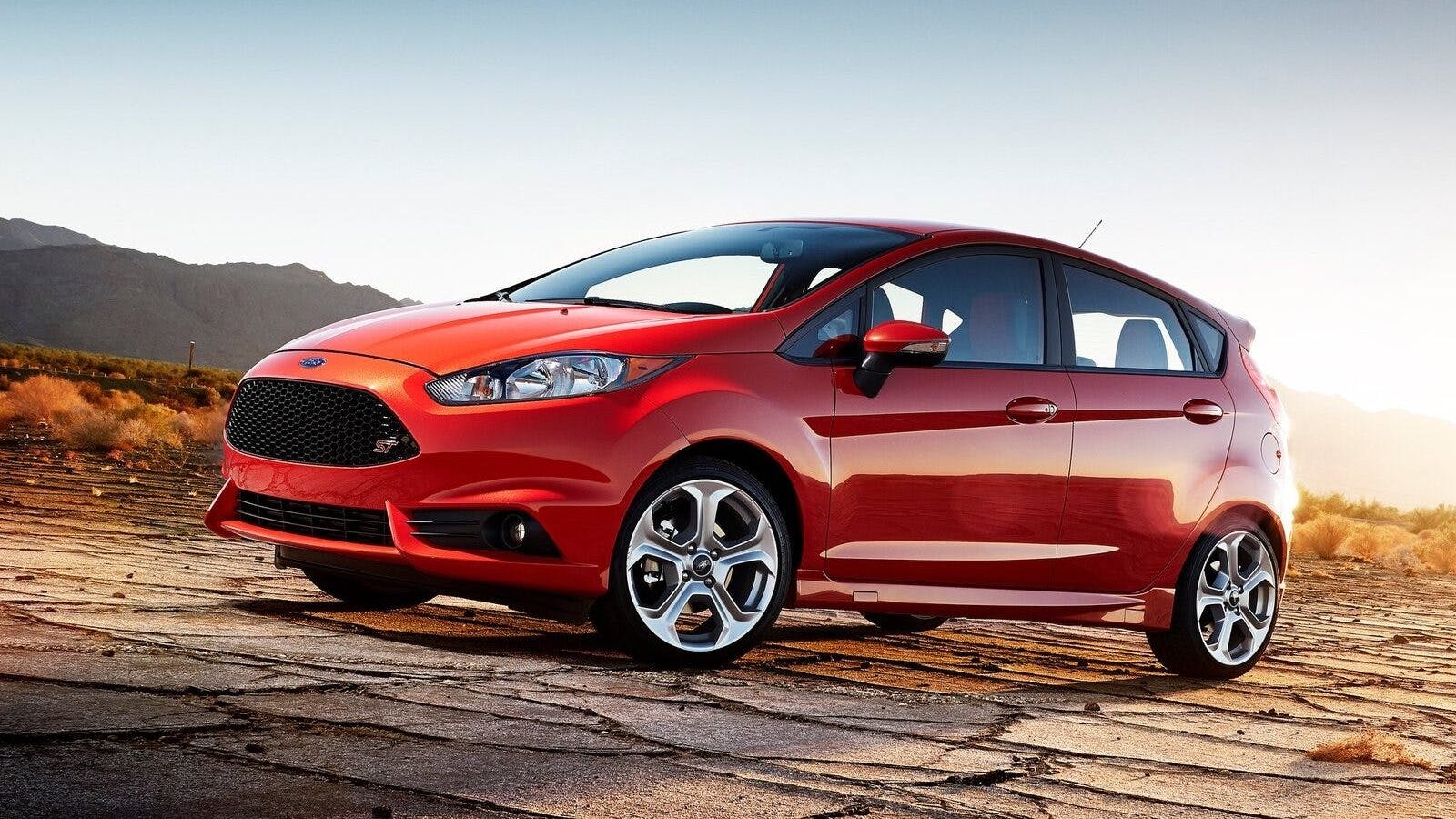

















A few years ago some guy in South America figured out that “Sunbeam Tiger” trademark had lapsed after Chrysler axed the car in ’68. He was trying to get it and import a knock-off Healy 3000 as a Sunbeam Tiger.
All the Sunbeam car clubs got together and beat him to it — the car clubs now own “Sunbeam Tiger” keeping it from being recycled.
What about the Ford Escort Eclipse (1990) and the Mitsubishi.
Also the Royale used by REO when they built cars (up to 1927) was recycled by Oldsmobile, then again by Diamond REO.
There was also the Wolsley Hornet , sister to the Riley Elf , both based on the BMC Mini… back in the day. Ah the sixties in the UK !!
Dodge had a Demon in 1972 (Duster look a like), and they have the modern torque monster Demon today.
Don’t forget that Ford sold a basic sedan 1957-59 called Custom 300 and Chrysler sold their top of the line car, the 300.
The name Skylark was used by Hupmobile in 1939-1940 before Buick used it.
Pacer spelled backwards is Recap. Vega spelled sideways is Gave.
Regards “Suburban” nameplate article.
Plymouth wagon pictured is a familiar 1961 Fury, push button actuated Torqueflite transmission in back of a 225 Slant Six. Vehicle Identified by the distinctive “Rocket” tail lamps. Not labeled a Suburban. It replaced a 1957 Plymouth Sport Suburban wagon, we rode in the “way back” third row. Power Rear Window in the tailgate.
Say what you will about the Ford Pinto. When I worked as a mechanic here in Maryland, we had two customers who owned Pintos. Each drove them back and forth to work to Arlington, Virginia each day. Both ended up with over 250,000 miles on them. Both of them went through several broken timing belts. Since it was a non interference engine, we replaced the timing belts and sent them on their way.
AMC Hornet, Hudson Hornet
How about the Hudson Hornet and Dodge Hornet?
To add another brand to the Daytona roster, manufacturer Paige-Detroit had a 70 hp roadster by that name in 1922-23, a stripped version of which was clocked for a “World Record” by a production car by travelling a “flying” mile in just over 35 seconds (making 102 mph) at guess which beach on the east coast of Florida?
Wow, Brandan, you sure stirred up a hornet’s nest!
How about the opposites…stand-alone names, never to be repeated? Let’s start with Merkur XR4ti.